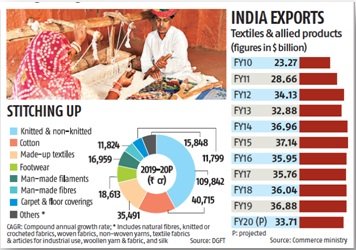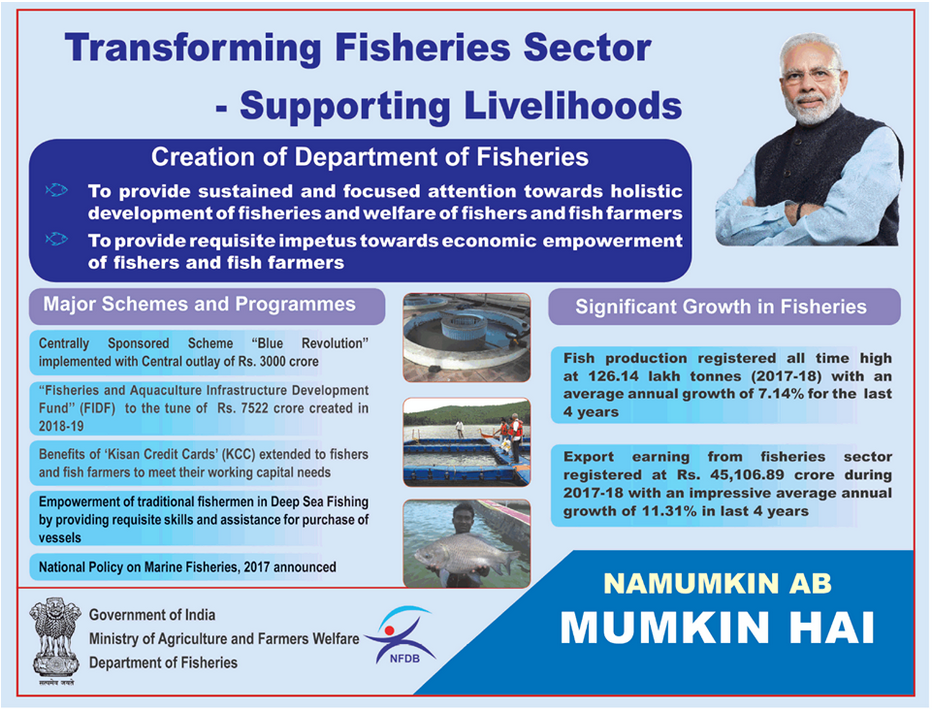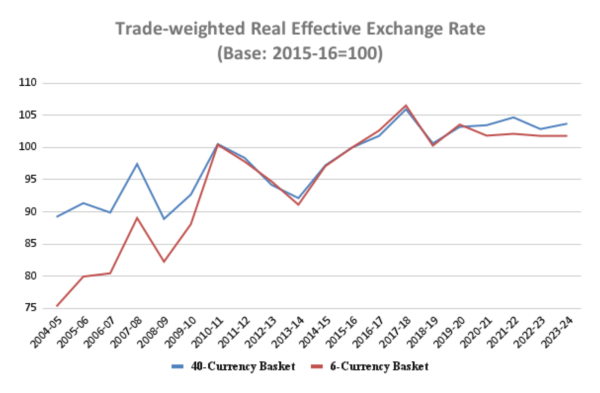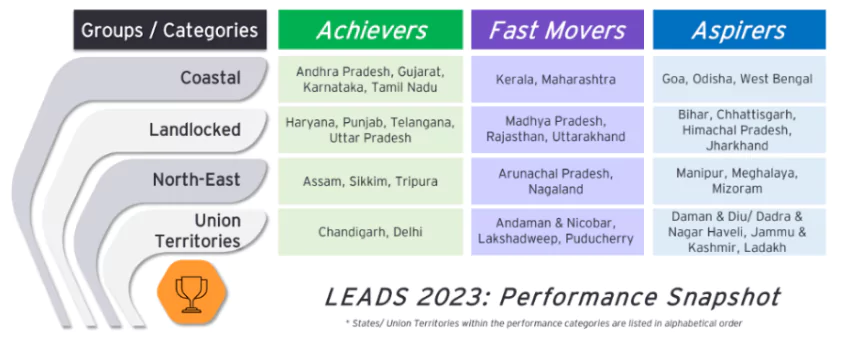
Insurance Sector
Subscribers of "Current Affairs" course can Download Daily Current Affairs in PDF/DOC
Subscribe to Never Miss an Important Update! Assured Discounts on New Products!
Must Join PMF IAS Telegram Channel & PMF IAS History Telegram Channel
- Context (TH): Year 2023 marked consolidation for the insurance industry with special attention for reforms and transformation fuelled by technology aiming to meet goal of ‘insurance for all by 2047’.
Insurance Sector in India: Status
- India is the 10th largest market globally in terms of total premium level.
- In terms of the Life Insurance Market, it is the 9th largest.
- Growth Potential: The total insurance market in India stood around INR 8 trillion in FY21 and is projected to reach INR 33 trillion by FY31 at 14.9% CAGR.
- Insurance penetration: Pegged at 4.2% in FY 2021-22 (life insurance penetration- 3.2% and non-life insurance penetration at 1.0%).
Drivers for the Growth of Insurance Industry
- Growing middle class: By 2030, India will add 140 million middle-income and 21 million high-income households more likely to see value in insuring their assets, health, and life.
- Increasing awareness due to the efforts of the private and public sector insurers. Insurance penetration in India has increased from 2.71% in 2001 to 4.2% in 2022.
- Digital penetration: India is the 2nd largest Internet user market; tools like mobile apps and digital payment systems make it easier for consumers to buy insurance.
- Regulatory reforms: Increase in the FDI limit from 49% to 74% (Insurance Laws (Amendment) Act, 2021), changes in the rules concerning commission payouts, management expenses and modifications in surety insurance guidelines.
- High Health Protection Gap (HPG) as nearly 30% of Indians have no health insurance.
- Tapping rural market: Currently, less than 10% of people in rural India have life insurance coverage while less than 20% of the rural population have health insurance cover.
Role of Insurance Sector in Indian Economy
- Mobilization of resources: The premium collected is pooled and invested in projects which reduces the transaction cost of financing and eases the pressure on the financial intermediaries.
- Employment opportunities: Alongside regular jobs in insurance, it employs a range of associated professionals such as brokers, insurance advisors, agents, underwriters, claims managers and actuaries.
- Provides security to businesses: It provides financial support and reduces uncertainties that businesses face at every step of their lifecycles & provides an ideal risk mitigation mechanism against events that can potentially cause financial distress.
- Generates long-term financial resources: Due to the long-term nature of premium funds, these are invested in building long-term infrastructure assets that are significant to nation-building.
- Spreads risk: Insurance facilitates the moving of risk of loss from the insured to the insurer.
- Contribution to GDP: The industry’s direct contribution to India’s GDP is approximately 3.5%.
Challenges of Insurance Sector
- Low insurance penetration due to lack of trust, cultural beliefs, and limited financial literacy.
- Strict regulatory oversight governed by IRDAI.
- Fraudulent claims, falsified documentation, and misrepresentation of information lead to financial losses for insurers and undermine trust in the industry.
- Lack of historical data, diverse risk profiles, and the prevalence of high-risk segments make underwriting and pricing challenging.
- The predominance of traditional distribution channels hinders the sector’s growth.
- Lack of digitalization and automation and high levels of manual data entry exposes organizations to a risk of error leading to high employee costs.
Way Forward
- Enhancing customer-centricity: Understanding the customer needs, preferences, and behavior to develop personalized insurance products and services.
- Expanding insurance awareness and penetration by collaborating with government agencies, NGOs, and other stakeholders to conduct awareness campaigns and provide financial education.
- Promoting product innovation and customization: Leveraging technology in areas like data analytics, machine learning, AI can result in better customised products and smoother customer experiences.
- Strengthening regulatory framework: Fostering an enabling environment for InsurTech innovation and fostering InsurTech collaborations.
- Incorporating ESG factors into the investment decisions and emphasizing sustainable insurance practices and offering green insurance products.
- Promoting micro insurance to cover financially weaker sections of society.




![PMF IAS Environment for UPSC 2022-23 [paperback] PMF IAS [Nov 30, 2021]…](https://pmfias.b-cdn.net/wp-content/uploads/2024/04/pmfiasenvironmentforupsc2022-23paperbackpmfiasnov302021.jpg)











